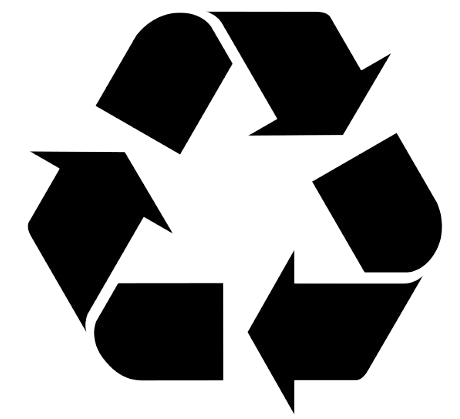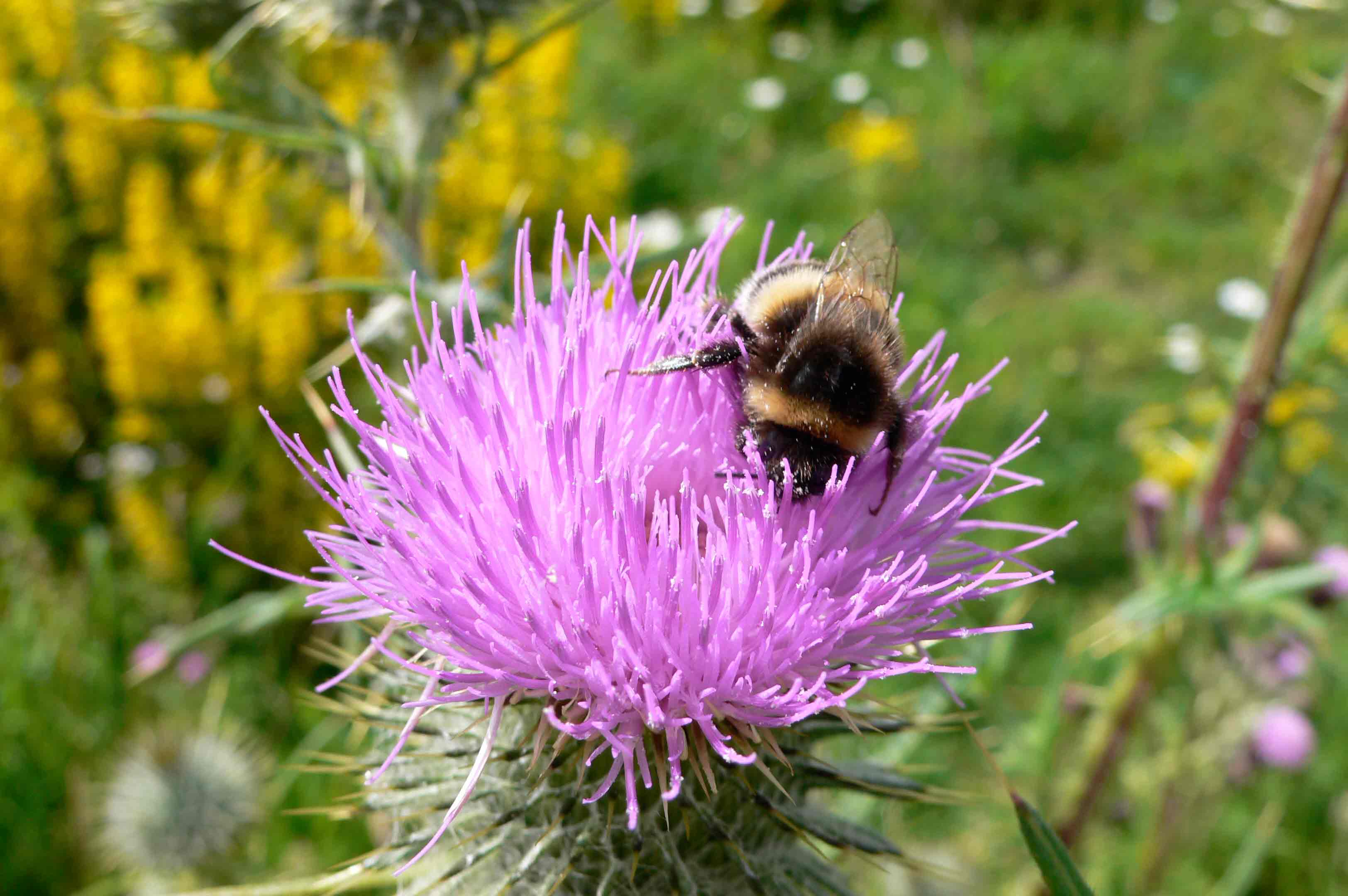How To Look After Bees In Our Gardens This Summer
Small but mighty, bees play an incredibly important role in maintaining the health of our environment. Through the process of pollination, bees are designed to help plants grow and develop their fruits and flowers, providing food for both animals and humans alike.
This is why we must do our part to protect the bees from extinction; without them, fewer seeds would be planted and our environment would have much lower reproductive success. This would alter ecosystems, diminish healthy food supply and even cause us to lose some of our favourite plants and foods.
Looking after the bees is easy and can even be done in the comfort of your own home. Here are our top tips for how you can look after bees in your garden this summer:
Grow plants with plenty of nectar and pollen
Bees love plants that continuously flower, with the most important months being those between March and September. They’re also attracted by plants and flowers of different shapes and colours, including those such as honeysuckles and foxgloves.
Plants with “hair” (officially known as trichomes) on their leaves and stems allow Wool Carder Bees to build cells within their nests, and as such, are seen as vital for this specific group of solitary bees and their survival.
Create bee nests/spaces
It’s important that bees not only have a place to hibernate in the colder months but also have a place to lay their eggs.
Solitary bees lay their eggs in small, hollow wooden areas (often known as bee hotels), while bee nests are made with a pot (or box, etc) and some hay for comfort.

Let the garden grow
Allowing your grass to get long offers hiding places for bees, as well as shade and a place to momentarily rest.
As well as this, pesticides should be used to an absolute minimum, and you shouldn’t be afraid of letting clovers and dandelions grow! These flowers attract bees and offer plenty of pollen and nectar.
Nurture if in need
If a bee is looking tired and motionless in your garden, to get them back on their feet it’s recommended that you mix equal parts warm water and sugar to create a sugar solution. Once placed near the bee’s head in a small bottle cap, the bee will drink it, refuel its energy levels and off it’ll go!
Know what plants are best for every season
-
Spring - Daffodils, Hawthorn, Flowering Cherry, Crab Apple, Pulmonaria
-
Summer - Lavender, Foxgloves, Scabious, Cardoon, Agastache
-
Autumn - Single-flower Dahlias, Sedums, Autumn Asters, Japanese Anemones
-
Winter - Snowdrops, Ivy, Winter Honeysuckle, Mahonia, Crocuses, Hellebores

.png)

 100% Recycled Plastic
100% Recycled Plastic Will Never Rot
Will Never Rot 25 Year Guarantee
25 Year Guarantee Low Carbon Footprint
Low Carbon Footprint